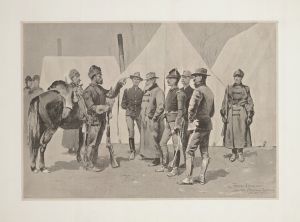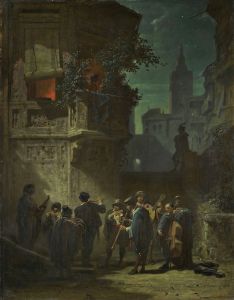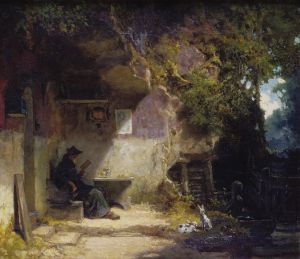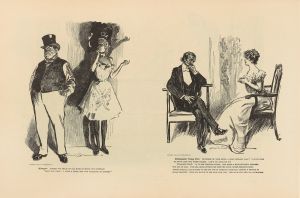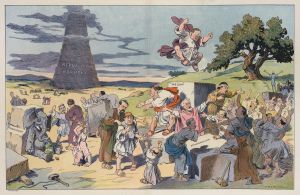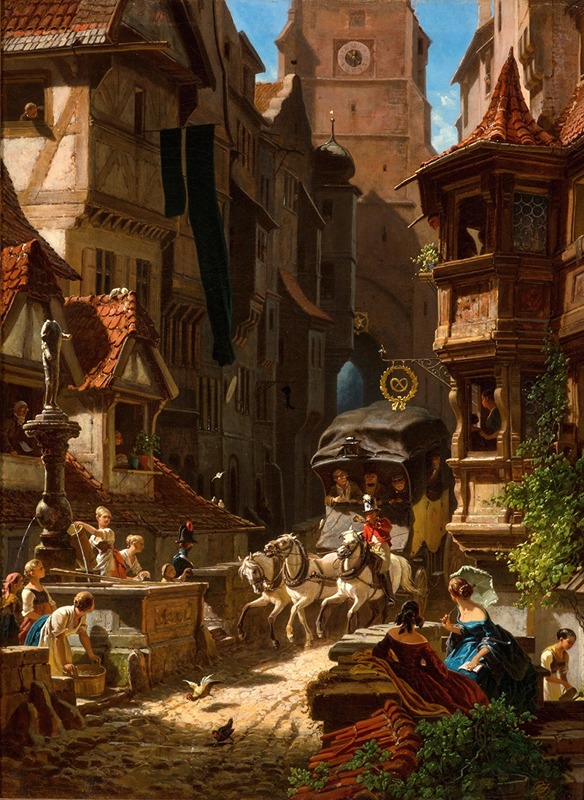
The arrival of the stagecoach
A hand-painted replica of Carl Spitzweg’s masterpiece The arrival of the stagecoach, meticulously crafted by professional artists to capture the true essence of the original. Each piece is created with museum-quality canvas and rare mineral pigments, carefully painted by experienced artists with delicate brushstrokes and rich, layered colors to perfectly recreate the texture of the original artwork. Unlike machine-printed reproductions, this hand-painted version brings the painting to life, infused with the artist’s emotions and skill in every stroke. Whether for personal collection or home decoration, it instantly elevates the artistic atmosphere of any space.
Carl Spitzweg's painting The Arrival of the Stagecoach (Die Ankunft des Postwagens) is a notable work by the German Romantic painter and poet, who is best known for his depictions of small-town life and the everyday experiences of 19th-century bourgeois society. Spitzweg, born in 1808 in Munich, was a self-taught artist who initially pursued a career in pharmacy before dedicating himself to painting. His works often reflect a sense of humor, charm, and an intimate portrayal of human interactions, and The Arrival of the Stagecoach is no exception.
This painting captures a moment of excitement and activity as a stagecoach arrives in a small town or village. The scene is typical of Spitzweg's style, emphasizing the quaint and picturesque aspects of rural and small-town life. The composition likely includes a variety of figures, each engaged in their own reactions to the arrival of the stagecoach, such as townspeople gathering to greet passengers, unload goods, or simply observe the commotion. Spitzweg's attention to detail and his ability to convey narrative through visual elements are hallmarks of his work.
The stagecoach, a common mode of transportation in the 19th century, serves as a focal point in the painting, symbolizing connection, communication, and the arrival of news or visitors from the outside world. Spitzweg's choice of subject reflects the societal changes of his time, as advancements in transportation and communication were transforming the pace and nature of daily life.
Spitzweg's works, including The Arrival of the Stagecoach, are often characterized by their warm color palette, careful composition, and a sense of nostalgia. His paintings frequently depict idyllic scenes that evoke a romanticized view of the past, yet they also provide insight into the customs and routines of 19th-century European society. While the exact date of this painting's creation is not definitively documented, it aligns with Spitzweg's broader body of work, which spans the mid-19th century.
As with many of Spitzweg's paintings, The Arrival of the Stagecoach reflects his ability to find beauty and significance in ordinary moments. The work is celebrated for its charm and its ability to transport viewers to a bygone era, offering a glimpse into the rhythms of life in a simpler time. Today, Carl Spitzweg's paintings are held in high regard and can be found in various museums and private collections, particularly in Germany and Austria.





